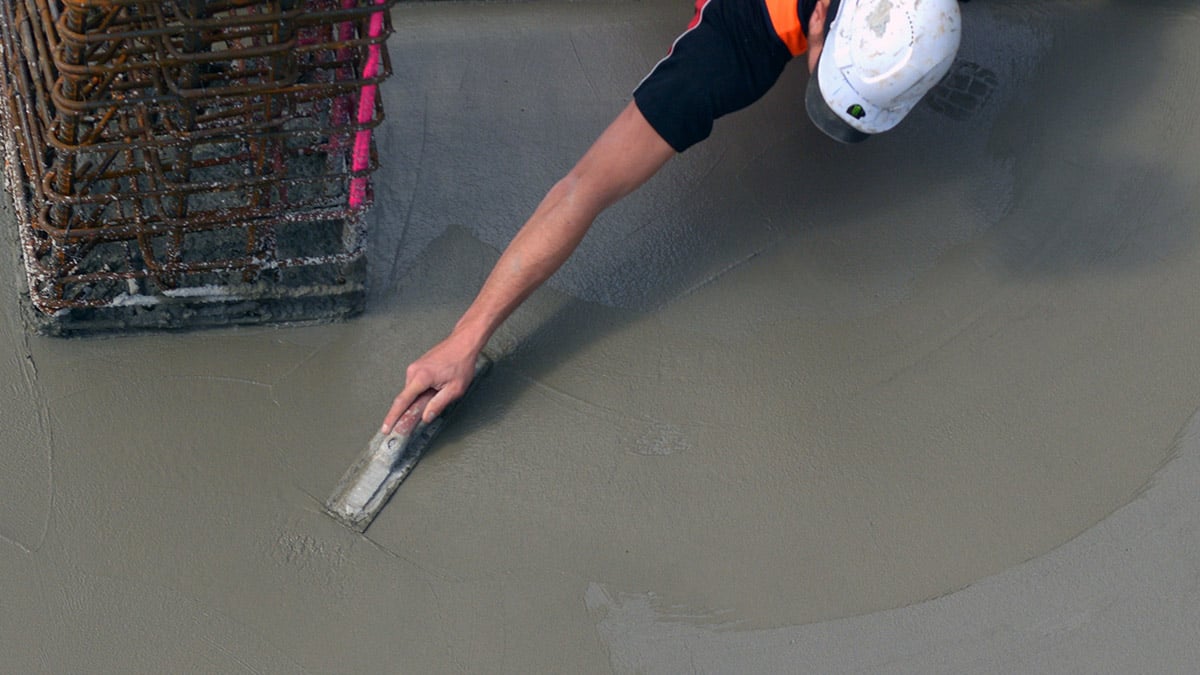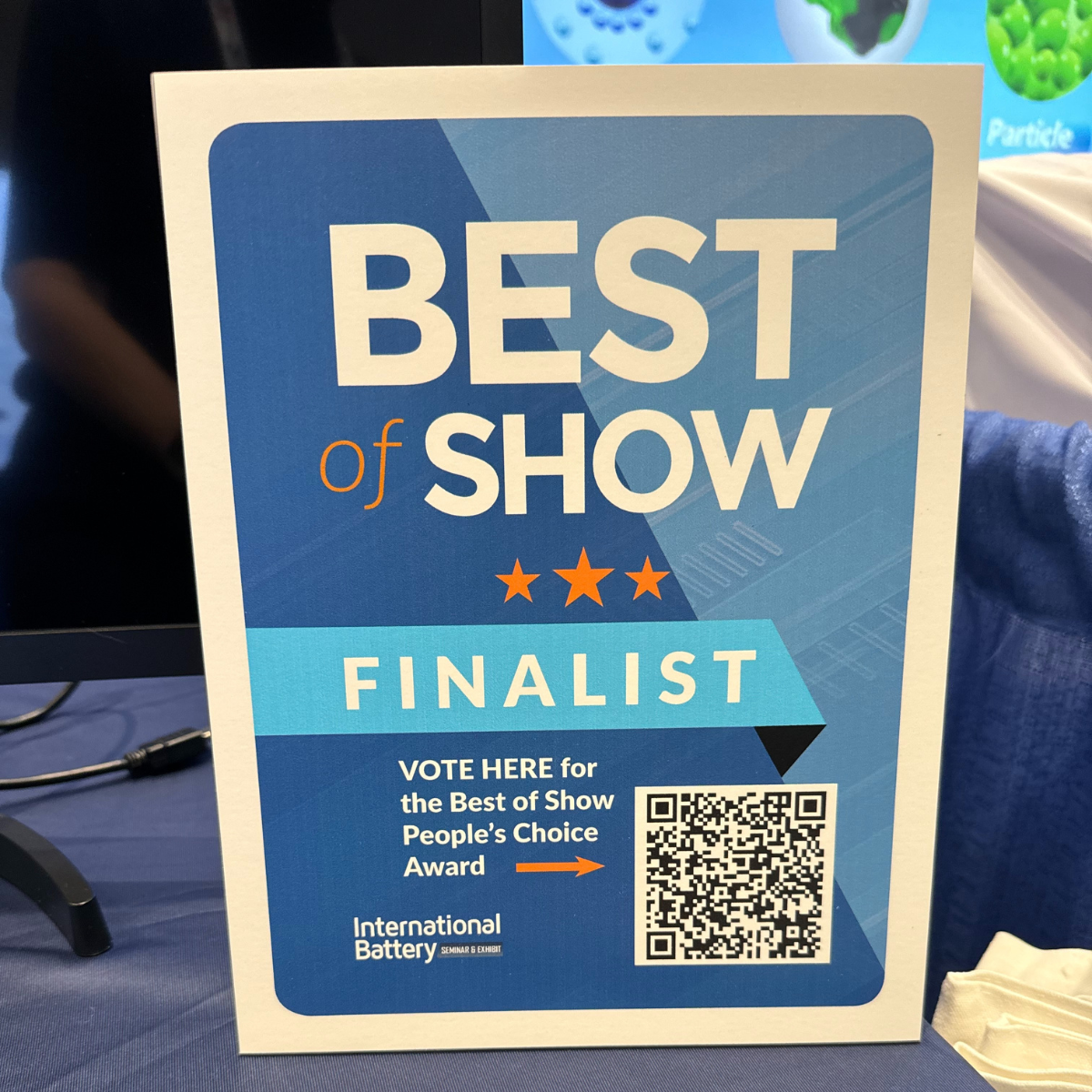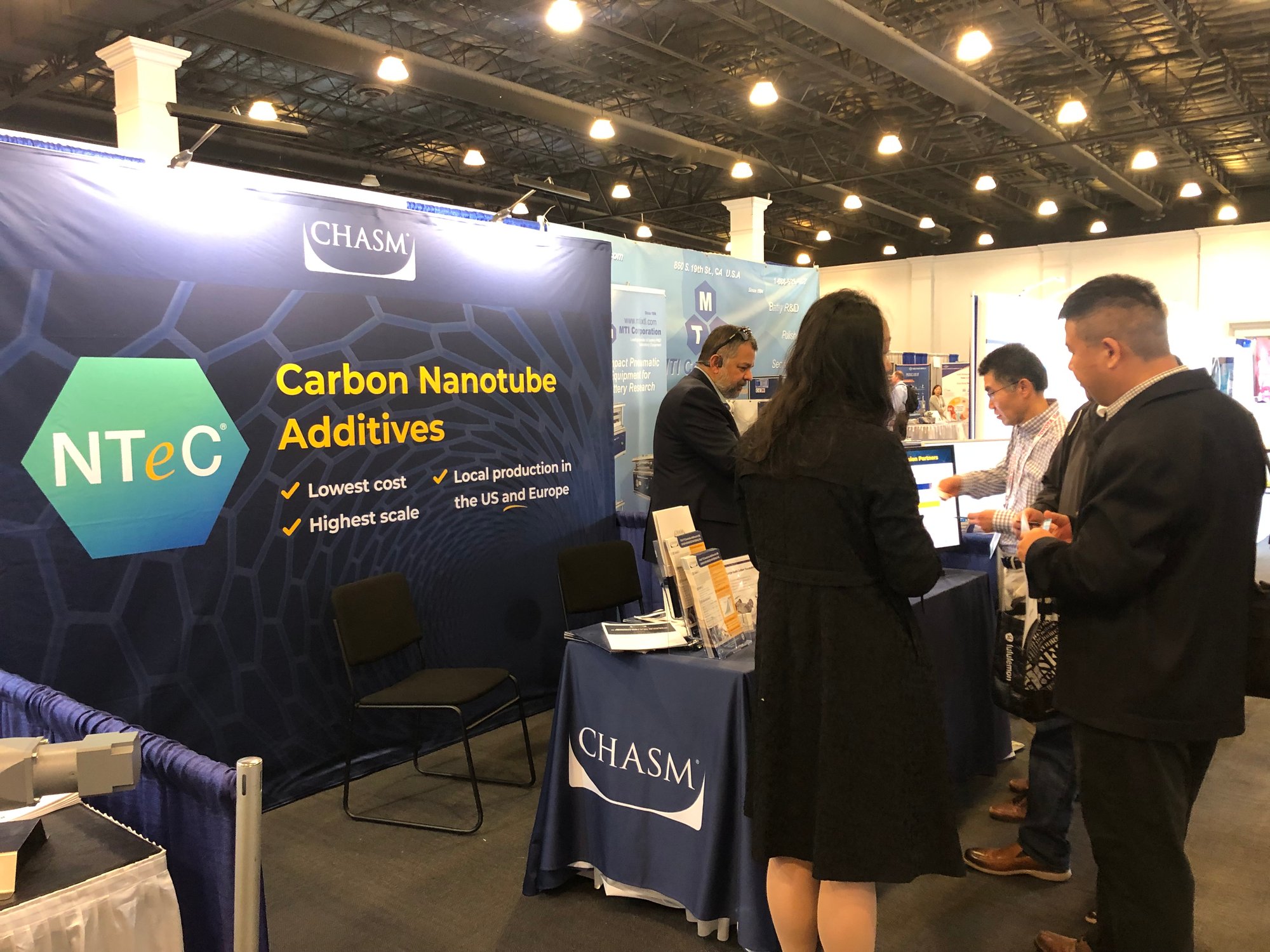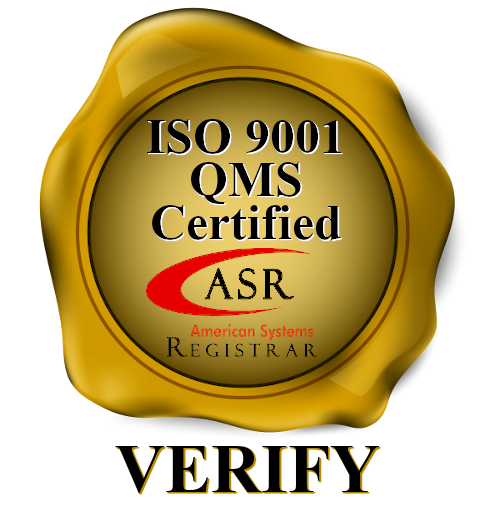New Touch Screen Materials for Low-Haze, Anti-Glare, High Transparency Design
In the electronics industry, product managers often cite “bigger” as a compelling motivating factor driving adoption of next generation products – particularly when it comes to display technologies. Going bigger however, frequently has unintended technical consequences as scaling up in size can push the bounds of the physics behind application of enabling materials, their performance over broader ranges, the capabilities of the manufacturing processes used in creation of the devices, or even the available supply of raw materials used in the device’s fabrication. The net is that “going big” at best means more expensive and at worst can expose physical limitations preventing completion of the journey.
A case in point is going bigger with touch technologies that were originally created and perfected for small screen displays such as those used in smart phones. Imperceptible variations in electrical resistance at the diminutive screen area of 75 square centimeters are readily apparent at the square meter sizes resulting in inconsistent resistance across the surface inducing lag time effecting responsiveness of the display. Going big for touch screens tests the bounds of traditional materials such as ITO, paving the way for new materials such as CNT hybrids. Combining transparency levels requisite for larger applications with higher conductivity delivering consistent, lag-free response across longer spans, CNT hybrids offer touch device manufacturers a viable option for going big.
Hardly a day goes by that people don’t interact with a touch screen. The images and human interaction they provide are things of beauty, and touch screens are now an integral and adaptable part of a user’s experience with new products. Touch screens aren’t just in our pockets any longer – they are manufactured in all sizes including large formats used for collaborative presentations and in museums and schools for exciting and interactive educational experiences – just to name a few. Creating a fulfilling user experience with interactive products has driven demand for larger touch screens, but current low-cost manufacturing processes cannot provide consistent electrode resistance across these large-format touch screens. These low-cost techniques can also lead to uneven deposition and resulting material failure. Meanwhile, the best-in-class manufacturing processes for large-format touch screens are expensive and time-consuming, which drastically increases the price point for finished products.
How can we continue to provide meaningful user experiences without huge increases in materials and production costs? If an alternative class of materials could enable simpler patterning and deposition processes – even on flexible and curved surfaces – could we create higher quality interactive displays with lower cost and simpler manufacturing processes? Carbon is not normally seen as an ideal substitute for transparent metal oxide materials in touch screen electrode grids, but a new class of carbon nanotube hybrid materials (CNT-AgNW) can meet these manufacturing and cost challenges without sacrificing sheet resistance or transparency.
Designers can now create larger touch screens using electrode materials with consistent, robust electronic and optical properties and with a simpler fabrication process.

.jpg)






















